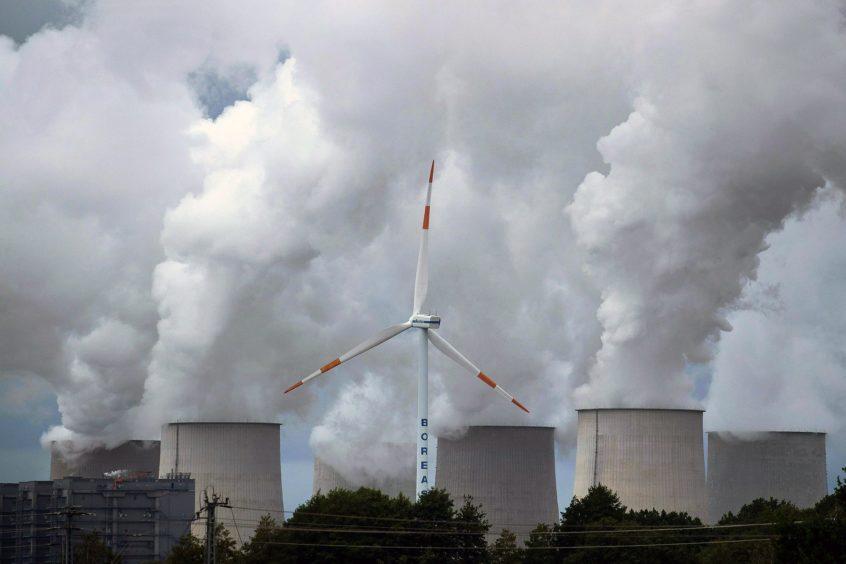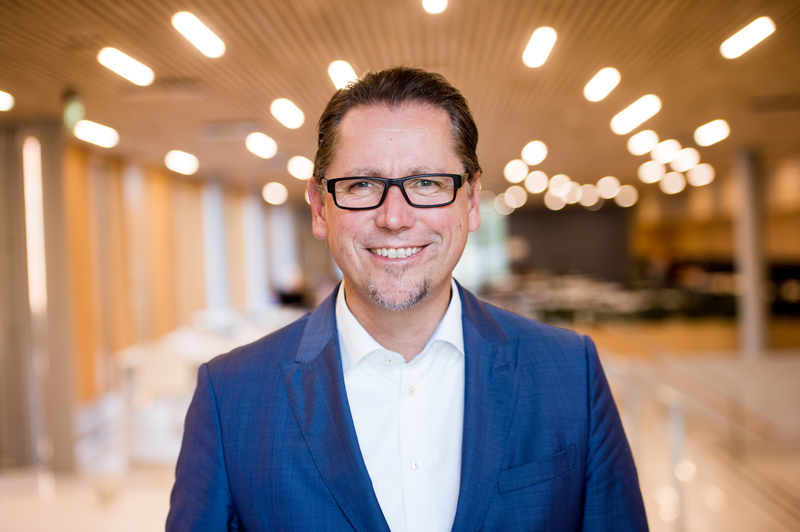
A leading technical body has lamented the Covid-19 pandemic as a “lost opportunity” for speeding up the energy transition.
A new forecast from DNV has warned that even if all electricity suddenly became green, the world would still fall a “long way short” of being net zero by 2050.
DNV’s Energy Transition Outlook, now in its fifth year, provides an independent forecast of developments in the global energy system, up to 2050.
It says that Covid-19 recovery packages have “largely focused” on “protecting rather than transforming” existing industries, meaning a chance to accelerate decarbonisation has been squandered.
According to DNV, formerly DNV GL, electrification is on course to double in size within a generation, with renewables already proving the most competitive source of new power.
However, forecasts show global emissions will only drop by 9% by 2030, with the 1.5˚C carbon budget agreed by global economies as part of the Paris Agreement emptied by then.
The milestone deal, which was signed at COP21, was designed to keep global warming to “well below 2°C” and strive to limit its increase to 1.5°C.
And while DNV has been consistent in forecasting a rapid transition to a decarbonised energy system by mid-century, it is “definitively not fast enough” for the world to achieve the ambitions set out by the Paris Agreement.
As such, the Norwegian organisation is warning that the planet will most likely reach global warming of 2.3˚C by end of the century.
Remi Eriksen, CEO of DNV, said: “We’ve seen governments around the world take extraordinary steps to manage the effects of the pandemic and stimulate a recovery. However, I am deeply concerned about what it will take for governments to apply the resolution and urgency they have shown in the face of the pandemic to our climate. We must now see the same sense of urgency to avoid a climate catastrophe.”
“Many of the pandemic recovery packages have largely focused on protecting, rather than transforming, existing industries. A lot of ‘building back’ as opposed to ‘building better’ and although this is a lost opportunity, it is not the last we have for transitioning faster to a deeply decarbonized energy system.”
Last year’s Energy Transition Outlook also warned that the energy transition was progressing too slowly to achieve the Paris Agreement targets.
Energy efficiency remains the biggest opportunity to tackling climate change, DNV said.
Accordingly, “securing significant improvement” in this area is deemed the most significant lever for the transition.
By achieving greater efficiency, global energy demand will level off, even as the worldwide population and economy grows, DNV said.
DNV also remarked that reductions in the use of fossil fuels have been “remarkably quick”, although they’re likely to constitute 50% of the global energy mix up to 2050.
That makes the need to invest in and scale hydrogen and carbon capture and storage (CCS) “all the more important”, the body said.
The Energy Transition Outlook warned that, while 69% of grid-connected power will be generated by wind and solar in 2050, none of the technologies are “scaling rapidly enough”.
Meanwhile, hydrogen, a key factor in tackling hard to abate emissions, is only forecast to start scaling from the mid-2030s, building to just 5% of the energy mix by 2050.
Mr Eriksen added: “Extraordinary action will be needed to bring the hydrogen economy into full force earlier – but these are extraordinary times. The window to avoid catastrophic climate change is closing soon, and the costs of not doing so unimaginable.”
Recommended for you


